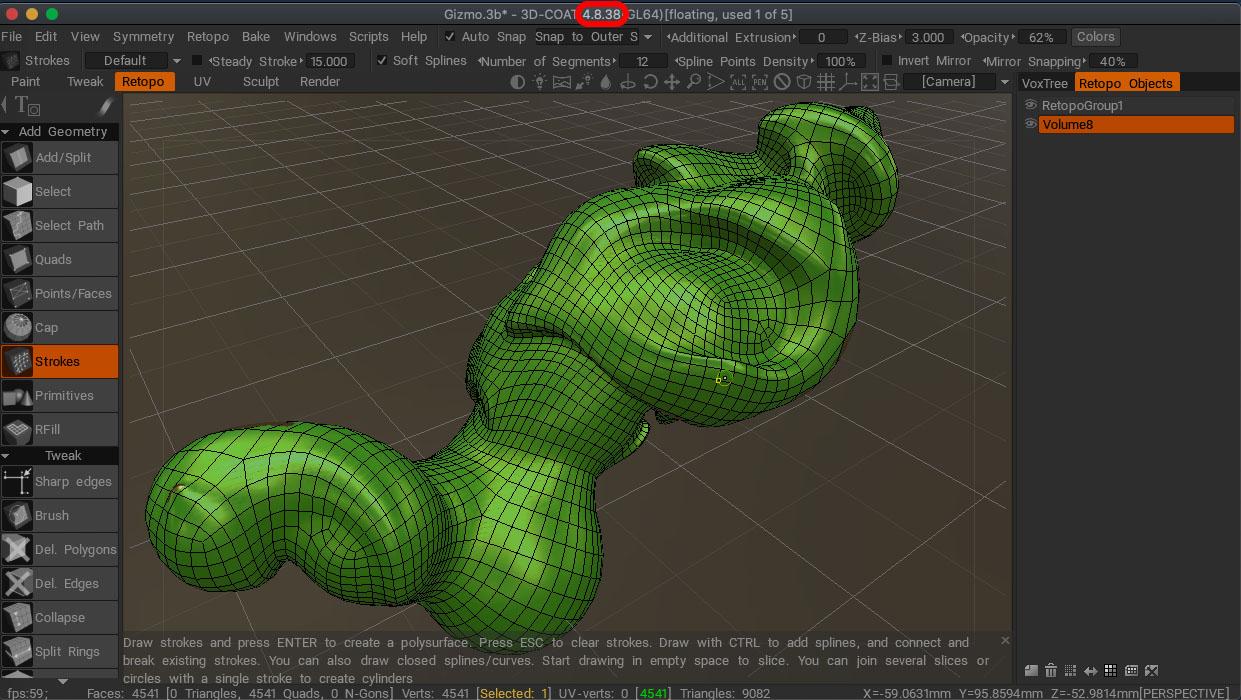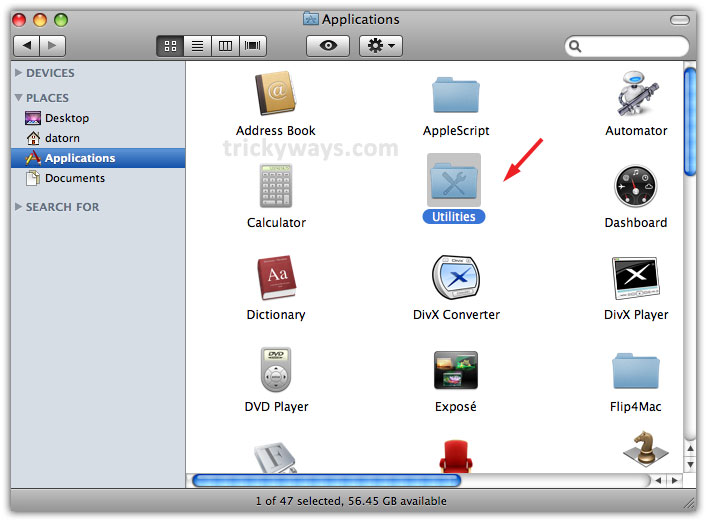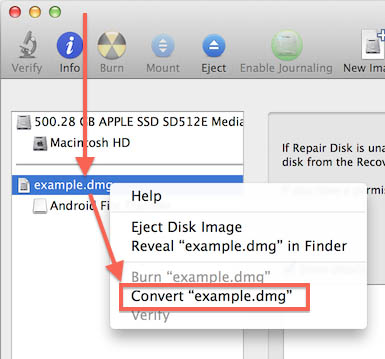Create Dmg Backup Mac From Linux
This creates a dmg file (in this case 64M) that can be mounted on a mac. It can also be mounted on linux, with something like. Mount -o loop /tmp/foo.dmg /mnt/foo after wich you just copy the content you want to it (in /mnt/foo). Unmount it, and the dmg can be copied over to a mac and mounted there. Oct 15, 2019 DMG file disappears permanently on your Mac, and it seems impossible to get them back. EaseUS Data Recovery Wizard for Mac recovers deleted DMG files from macOS 10.14 - OS X 10.6 with simples clicks. May 07, 2018 Create a Windows share location. I won't go into detail on how to create a shared folder on a Windows PC but before you begin, you'll need to have a share created and accessible to your Mac that you want to run Time Machine on. How to Create a Bootable Backup of Your Mac. A clone is an exact duplicate of your entire system. With a bootable clone of your drive, you can boot from your backup in minutes and keep working even if your Mac is having startup problems. MacOS's built-in Disk Utility can create cloned images of your drive, but third party utilities such as.
Disk Utility User Guide
You can restore a disk image to a disk. To do this, you first need to erase the disk. If the disk image has multiple partitions, you must restore each partition individually.
Restore a disk image with a single volume to a disk
In the Disk Utility app on your Mac, select the volume that you want to restore in the sidebar, then click the Restore button .
This is the volume that is erased and becomes the exact copy.
Click the Restore pop-up menu, then choose the volume you want to copy.
If you’re restoring from a disk image, click the Image button, then navigate to that disk image.
Click Restore.

Restore a disk image with multiple volumes to a disk
To restore a disk image with multiple volumes to a disk, you must partition the destination disk, then restore each volume individually.
In the Finder on your Mac, double-click the disk image to open it.
The disk image’s volumes appear as disks in the Finder.
In the Disk Utility app, select the disk in the sidebar, click the Partition button , then partition the destination disk.
The destination disk must have as many partitions as the disk image, and each of the disk’s partitions must be at least as large as the corresponding partition in the disk image. See Partition a physical disk in Disk Utility on Mac.
In the sidebar, select the volume that you want to restore, then click the Restore button .
This is the volume that is erased and becomes the exact copy.
Do one of the following:
Click Restore.
Repeat steps 3–5 for each remaining partition.
Backup Mac Software
Connect an external hard drive to your Mac
You'll need a drive that is at least the same size as your Mac's internal drive. With storage quitecheapthese days, aim to use a drive that's two to four times the size of the drive you're backing up. Plug inyour external hard drive (via USB, FireWire, or Thunderbolt, depending on your drive). You can also useTimeMachine with an external hard drive connected to an Airport Extreme router, with an AirPort Time Capsulenetwork device, or with other network drives. (For simplicity's sake, we're using an external drive fortheexamples below. Directly connected external drives are also faster.)

